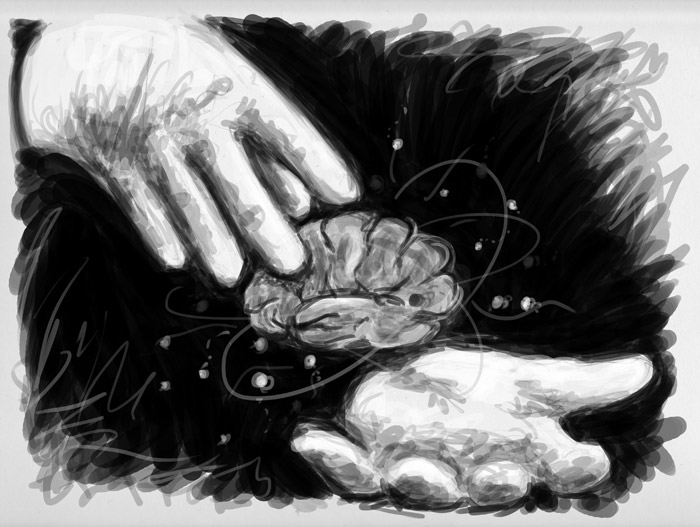This past year was a remarkable one in scientific research, especially when you add McGill researchers to the mix. The McGill Tribune is pleased to bring you the impressive advancements in science made at McGill over the past 12 months.
Forging a better treatment path for triple-negative breast cancer
Every year, approximately 5,500 women pass away from breast cancer, representing 14 per cent of all cancer-related deaths. Triple negative breast cancer (TNBC) is considered one of the worst types of breast cancers because of how quickly it spreads throughout one’s body and how it cannot be detected through the three “entrance” hormones for breast cancer treatment (estrogen, progesterone, and HER2). So, it was encouraging when scientists Dr. Meiou Dai and Dr. Jean-Jacques Lebrun of the Research Institute of the McGill University Health Centre (RI-MUHC) discovered a new targeted combination therapy to combat TNBC.
Both doctors are confident that their gene-editing approach will lead to breakthroughs in human clinical trials, as their team identified 150 types of tumour-inducing genes in prior tests.
Cooks and scientists aren’t so different after all: Cooking techniques inspire new brain implant
Neural implants are widely used to treat brain diseases such as epilepsy and Parkinson’s. However, such implants trigger the brain’s foreign body response because the implant is more rigid than the surrounding brain tissue. To circumvent this rigidity problem, a team of researchers from the Montreal Neurological-Institute Hospital and McGill’s Biomedical Engineering department devised a solution—using silicon polymers, they created the softest brain implant ever, which goes undetected by the human immune system. The researchers achieved this by adapting cooking techniques like caramelization and sugar melting to the medical field, as the implant is made out of hardened sugar. Unorthodox inspiration is not an unknown phenomenon, so it is natural to see this tradition persist in the sciences at McGill.
Feeling ugly? There might be a reason for that: McGill researchers discover why plants produce “unattractive” flowers
Cleistogamy is a type of self-fertilization in small, closed flowers that was first noted by Charles Darwin. Although Darwin could not study these flowers in full due to poor sample size, this changed when biology professor Daniel Schoen, among others, studied what Darwin had first observed.
Schoen gathered over 2,500 species of flowering plants to analyze the cleistogamy phenomenon, finding that bilaterally-symmetric flowers produce half the number of offspring compared to radially-symmetric flowers. The production of both open and closed flowers is favoured in areas where pollination can vary, thus safeguarding reproduction while preventing inbreeding.
A sustainable way of producing industrial chemicals
Nanocrystals are clusters of particles that are less than one micrometre in size and are widely used in many areas, like the cosmetic or pharmaceutical industries. They are the lifeblood of many devices, from solar panels to semiconductors. Professor Audrey Moores and her team in the Department of Chemistry developed a novel and environmentally-friendly way to produce nanocrystals through a process called high-humidity shaker aging. This method is groundbreaking because it uses fewer resources, is more cost-efficient, does not require solvents, and produces a higher yield of nanocrystals.
Moores’ work contributes to research about transitioning to solvent-free chemical reactions, as solvents are often toxic and harmful to the environment. In a consumerist world, learning to prevent waste will be instrumental for future generations.
Water pollutants may now be detected at a glance
Over 70 per cent of the Earth’s surface consists of saltwater oceans, so McGill researchers are right to turn to saltwater to see what it can do for us. Professor Parisa Ariya and her team developed a dynamic technique involving artificial intelligence to detect spills like oil, heavy metals, or other biological agents. The real-time sensor that they developed may eventually be mounted on satellites to detect pollutants in all of Earth’s oceans down to the nanometre level, allowing organizations to act quickly in order to prevent aquatic ecosystem destruction.








